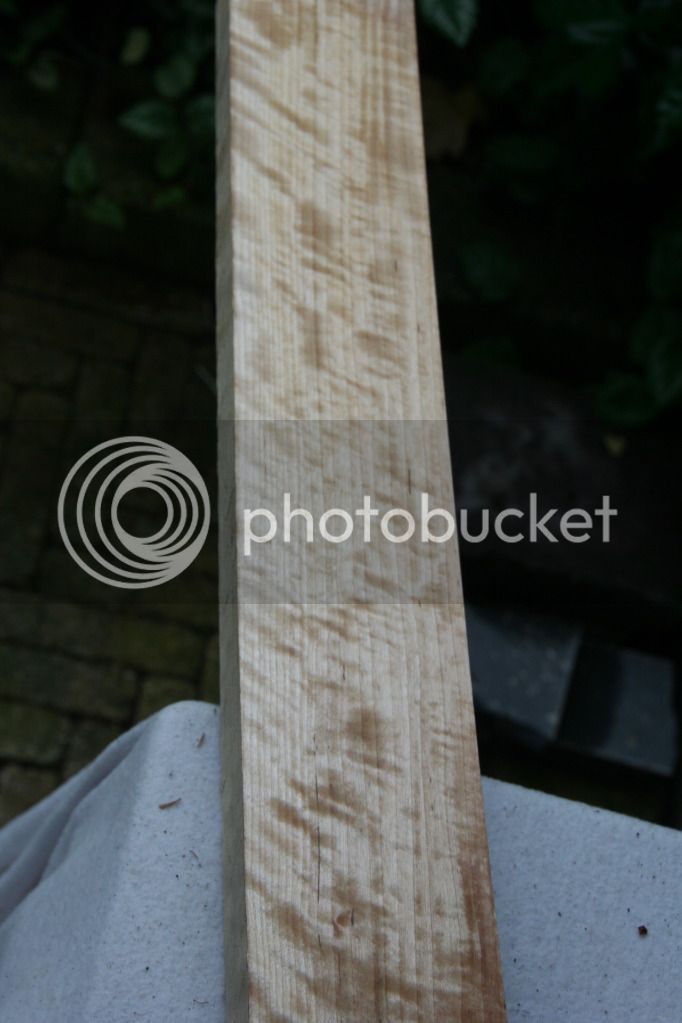Hello,
I too like, even love the tactile feel of freshly planed woods. But, from a purely practical point of view, this "left as planed" surface is quite inadequate for most purposes. As I have mentioned it earlier, a wooden surface left in a plane fresh state is very sensitive to moisture and grain raising caused by it: even a freshly washed hand would ruin the "perfect surface". This kind of finish is not "world proof", so to speak. If and when the Japanese leave the surface "as planed" they take into consideration and accept the effects of moisture and wear: the constant washing and mopping, and the million steps of tabi wearing feet discolour, distort and wear down the initially "perfect surface", into those brownish, silvery grey surfaces with pronounced and raised grain patterns.
But in our Occidental cultures, tastes and habits, anything patinated to that state would be considered "rustic", and an object in the earlier phases of ageing, with discoloured fingerprints, grain raised in patches, or blotches of wine and coffee would cause disgust in most of the spectators, and found its destiny in the trash.
So, from a purely practical professional viewpoint, a plane fresh finish is amateurish and inadequate for almost all applications.
Yes, I leave the insides of drawers and blanket chests unfinished, either "as planed", but a tabletop needs sanding and grain raising with hot water, and some more sanding, just to prevent bad grain rising in case of a future water spill. :wink:
Who the hell is James Krenov? "If you meet the Buddha, kill him."
Have a nice day,
János





